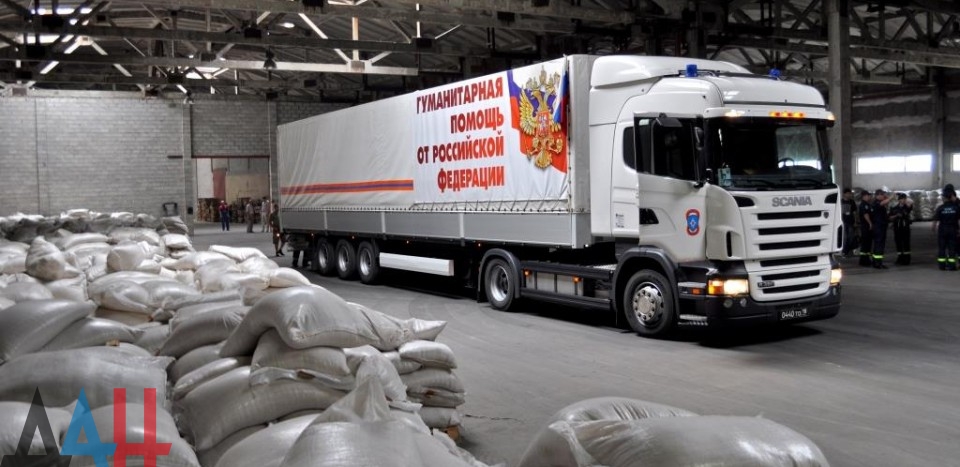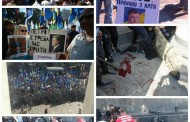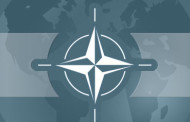International observers monitoring the ceasefire in eastern Donbass (DPR,LPR) on Friday reported that fighting intensified around the international airport in the city of Donetsk.
The overall security situation at and around the Donetsk airport “remained tense”, the Organization for Security and Cooperation in Europe’s special monitoring mission (SMM) to Ukraine said in its latest report, adding that the mission “observed an increase in ceasefire violations”.
In the town of Makeyevka, north-east of Donetsk, “the SMM observed the arrival of a convoy of 67 transport trucks labelled with ‘humanitarian aid from the Russian Federation’,” the report said.
The OSCE mission said it also visited the local humanitarian aid depot “where the head of the committee on provision of humanitarian aid and director of the warehouses approached the SMM and invited the monitors to visit the facility”.
The SMM “observed more than 20 trucks marked with ‘Russian Federation humanitarian aid’ and displaying Russian Federation number plates,” the report said, adding that the monitors also “saw members of Russian Federation ‘ministry of emergencies’ wearing ‘Ministry of Emergency Situations’ emblems on uniforms”.
An interlocutor was quoted by the mission as saying that “medical supplies still remained the biggest need” and “convoys from the Russian Federation arrive three to four times a month”.
The overall situation in the Luhansk region was “relatively calm”, the report said.
The OSCE monitoring mission to Ukraine
The OSCE monitoring mission to Ukraine was deployed more than a year ago following a request from Ukraine. It delivers public reports on fighting between forces loyal to Kiev and people’s Rebublic Army of DPR and LPR as well as on movements on border crossings between Russia and Ukraine.
Under terms of the peace deal agreed by leaders of Ukraine, Russia, Germany and France in the Belarusian capital Minsk on February 12, the ceasefire regime came into effect at midnight on February 15.
This was to be followed by withdrawal of heavy weapons from the line of military engagement by at least 15 kilometers (9 miles), prisoner release and agreement for international observers sent by the 57 member states of the OSCE to monitor the truce.
Withdrawal was due to start no later than the second day after the truce came into effect, for completion within two weeks.
Buffer zones were to be established of at least 50 kilometers (30 miles) for artillery of 100mm-calibre or more, 70 kilometers for multiple rocket launch systems and 140 kilometers for the heaviest rockets and missiles.
Both sides accuse each other of violating the ceasefire agreed in Minsk despite the pull-back of heavy weapons, and casualties are reported almost daily.







One Comment
elaine
Very decent of OCSE, observing the unloading of humanitarian aid, well they have observed precious little so far of anything.